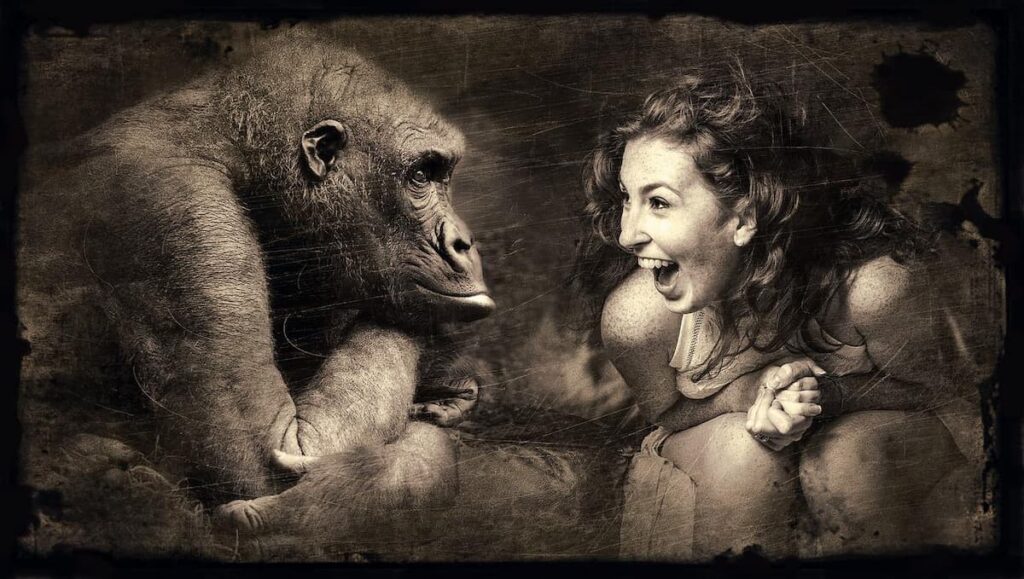Human behavior is the sum of all the things we do, think, and feel. It is the result of our physiology, psychology, and sociocultural influences.

There are four types of human behavior:
1. Physiological
In psychology, physiology refers to the study of the human body and how it functions. This includes the nervous system, the endocrine system, and the cardiovascular system. Physiological behavior is the study of how these systems work together to produce human behavior.
2. Psychological
Psychological behavior is the study of the mind and how it affects human behavior. This includes studies of perception, cognition, emotion, and motivation. Psychological behavior is the study of how the mind works and how it influences the way we behave.
3. Sociological
Sociological behavior is the study of how humans interact with each other. This includes studies of communication, relationships, and social institutions. Sociological behavior is the study of how we interact with each other and how these interactions shape our behavior.
4. Anthropological
Anthropological behavior is the study of human behavior in its cultural and social context. This includes studies of language, religion, and customs. Anthropological behavior is the study of how our culture and social environment influence our behavior.
Examples of human behaviors:
- Laughing: is an expression of happiness or amusement.
- Crying: shedding of tears in response to an emotional state.
- Yelling: outburst of sound, typically a loud one, made by a person in order to attract attention or to express anger or frustration.
- Cheering: a form of applause, typically given by a group of people to express approval or appreciation for something.
- Clapping: the act of striking the palms of the hands together to produce a sound, as a form of applause.
- Jumping: the act of propelling oneself into the air by the use of one or more legs.
- Running: the act of moving quickly on foot.
- Standing: the act of assuming an upright position after sitting or lying down.
- Sitting: the act of assuming a position on the ground or another surface, typically a chair, with the body weight supported by the buttocks and thighs.
- Lying: the act of resting in a horizontal position.
- Wearing a mask: the act of covering the face with a mask.
- Flirting: the act of behaving in a way that suggests a sexual interest in someone, typically by behaving in a playful and seductive manner.
- Disagreeing: the act of expressing a disagreement with someone or something.
- Hugging: the act of placing one’s arms around the body of another person, typically as a gesture of affection.
- Kissing: the act of pressing one’s lips against the lips of another person.
- Touching: the act of making contact with someone or something.
- Playing: the activity of engaging in recreational activities for enjoyment.
- Eating: the ingestion of food.
- Drinking: the act of taking in liquids through the mouth.
- Sleeping: the activity of resting one’s body and mind.
Human behavior is complex and fascinating. It is the result of our physical, mental, and social worlds interacting with each other. By understanding the different types of human behavior, we can gain a better understanding of ourselves and the world around us.
